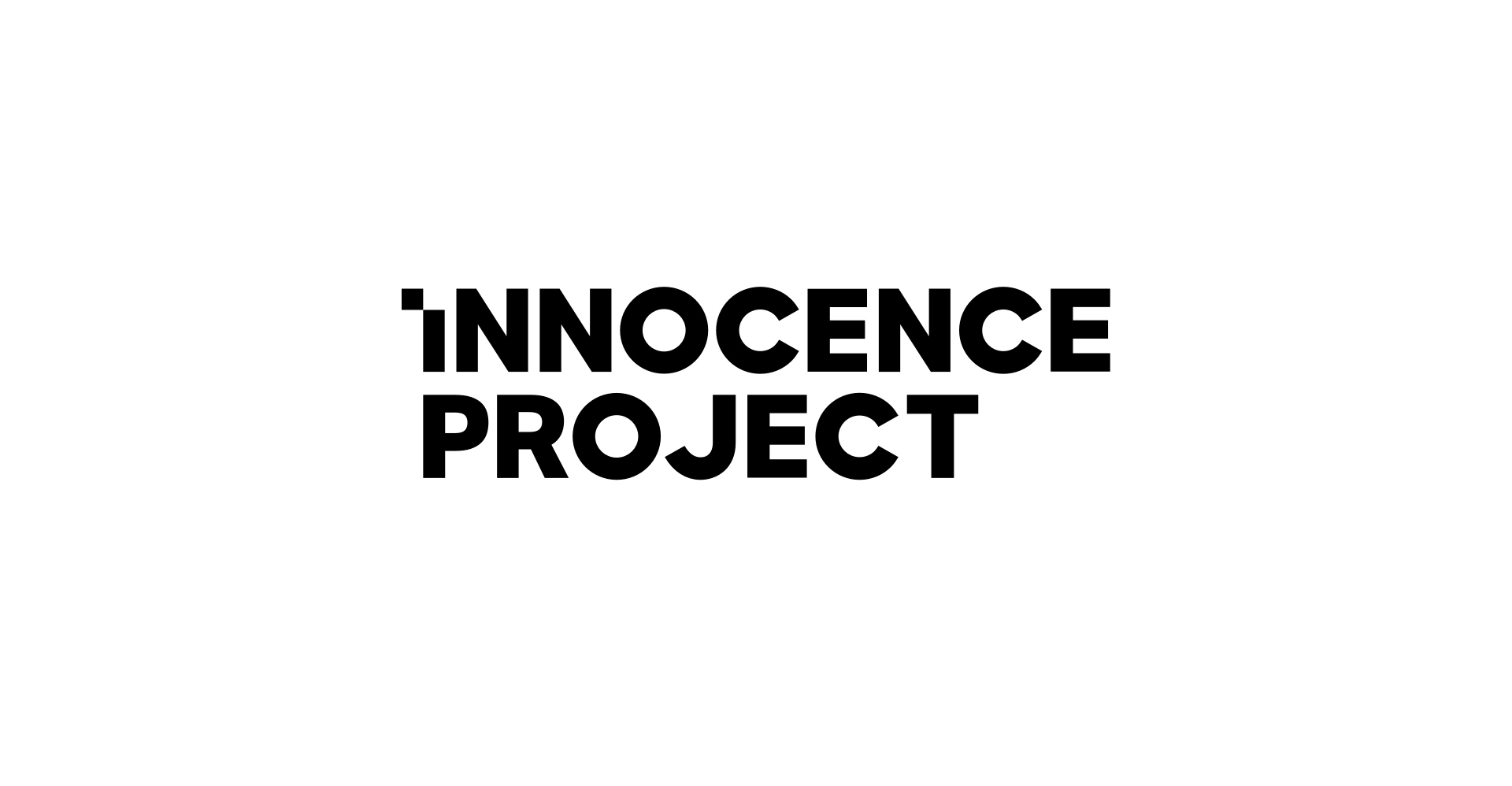By Samantha Springer, a research assistant at the Center for Statistics and Applications in Forensic Evidence (CSAFE)
As the Innocence Project enters its 30th year, Christina Swarns, executive director of the Innocence Project, reflects in an open letter on the challenges and opportunities that lie ahead.
In the letter, In the Vanguard of Justice Reform: The Road Ahead, Swarns takes inventory of what the Innocence Project has learned throughout its three decades in the field of forensic science and reminds all of us in the discipline what the path forward will look like.
Although the Innocence Project primarily works with DNA evidence, the organization plans to extend its advocation to some cases dealing with non-DNA evidence, including research areas CSAFE specializes in. Their foundational pillars of Restoring Freedom, Transforming Systems and Advancing the Movement have relevance for not only CSAFE but for all parties interacting with the criminal justice system.
Expanding Knowledge
One of the Innocence Project’s goals is to create a comprehensive literacy program to educate all players in the criminal process on the science of forensic evidence, including judges, attorneys and jurors. The program will help legal professionals understand the foundations of scientific evidence with the goal of reducing the rate of wrongful convictions based on the misapplication of forensic science. CSAFE is currently working with the Innocence Project on this program.
Swarns writes, “We will launch an ambitious scientific literacy program to educate system actors — from public defenders, to prosecutors, to judges — about science and the limits of forensic evidence. Because too many attorneys have too little grasp of the foundations of scientific evidence, we believe that, with this program, we can and will reduce the rate of wrongful convictions based on the misapplication of forensic science. This program — which we are undertaking with leaders in the field like the Center for Statistics and Applications in Forensic Evidence (CSAFE) — will help legal professionals understand the basics of the evidence in the cases they handle.”
The Innocence Project collaborates with CSAFE to increase and improve forensic science literacy. One of the results of this collaboration was contributing to a special issue of Significance Magazine, published in 2019 and dedicated solely to articles regarding forensic science and statistics.
Overturning Wrongful Convictions
Based on research done by the National Registry of Exonerations, 52 percent of the wrongful conviction cases handled by the Innocence Project have been due in part to misapplications of forensic evidence. Some examples of errors made include the use of unreliable evidence, misleading expert testimony and the submission of forensic sciences that have been discredited. Following the recommendations of multiple reports, including the National Academy of Sciences’ 2009 report Strengthening Forensic Science in the United States: A Path Forward, the Innocence Project will continue working with lawmakers to create legislation that allows a retrial on the basis of discredited science.
One of the problems underlying the use of unreliable forensic evidence in a criminal trial is the insufficient validation of the scientific methods being presented. To increase the validity, and therefore the quality, of analysis methods being used, more research must be done. CSAFE is one of the organizations dedicated to such reform by conducting research on promising yet under-analyzed types of forensic evidence, such as footwear impression analysis. As well as working to bolster the validity of existing forensic evidence, CSAFE also researches new avenues in an evidence type when a previous method shows itself to be unreliable, such as the former use of comparative bullet lead analysis. Current research by CSAFE now looks into firearm analysis through toolmark comparison in both bullets and cartridge cases. Through these large and well-constructed studies, organizations like CSAFE further the potential of new forensic evidence analysis and bolsters the public opinion of forensic science.
Learn more about CSAFE’s key research areas in probability and statistics for pattern and digital evidence, cross-cutting issues and training and education at https://forensicstats.org/our-research/.

